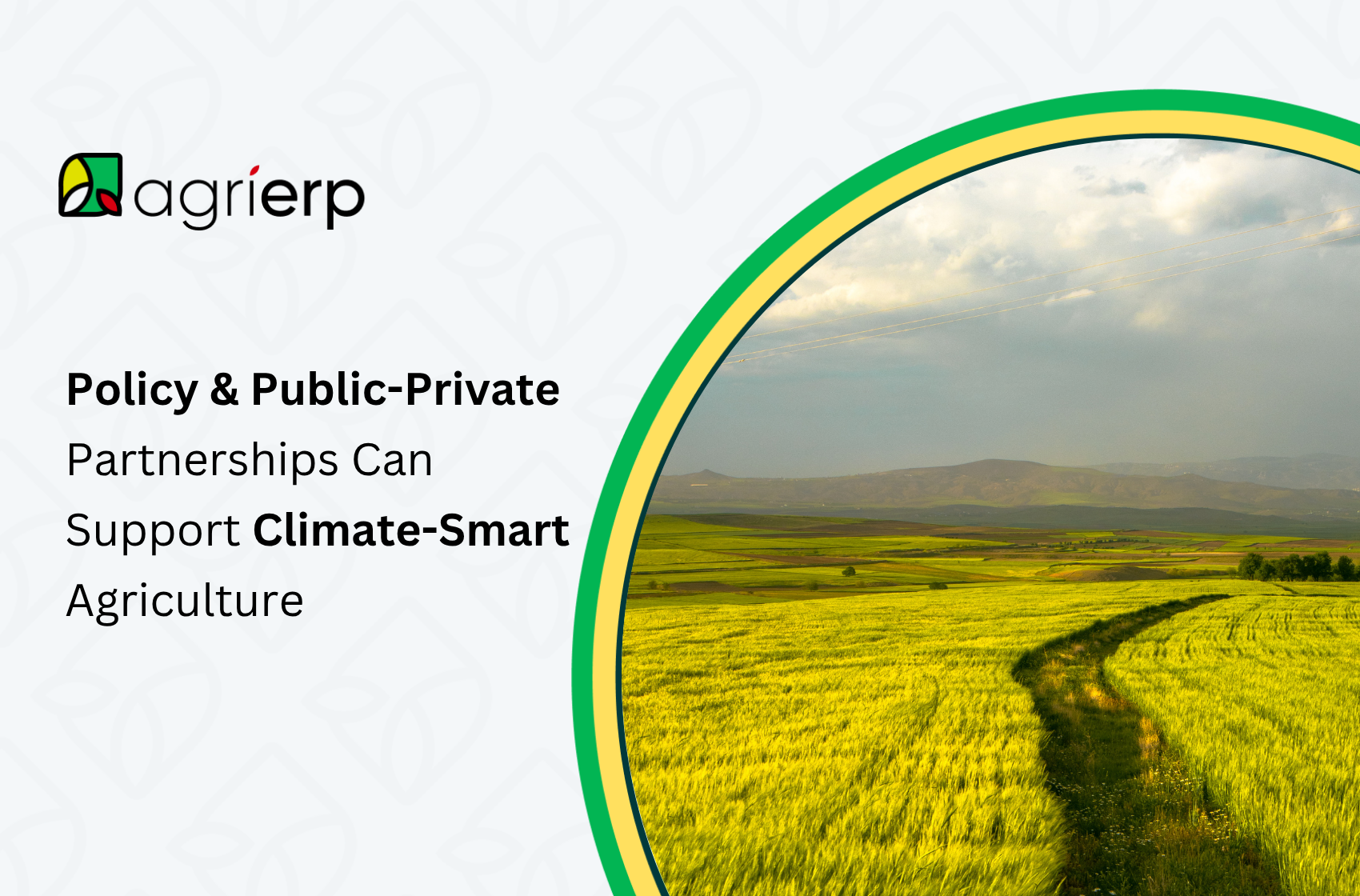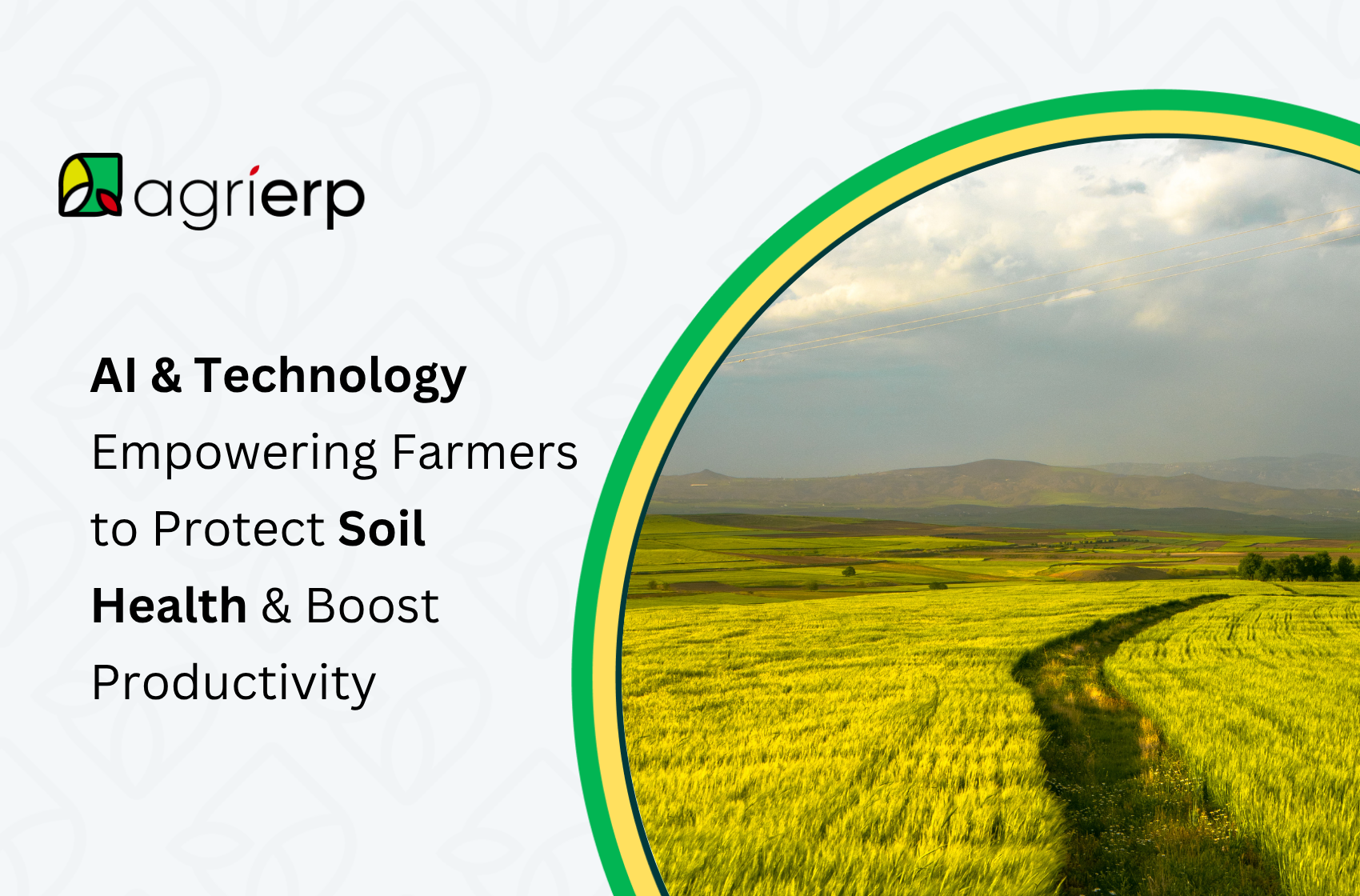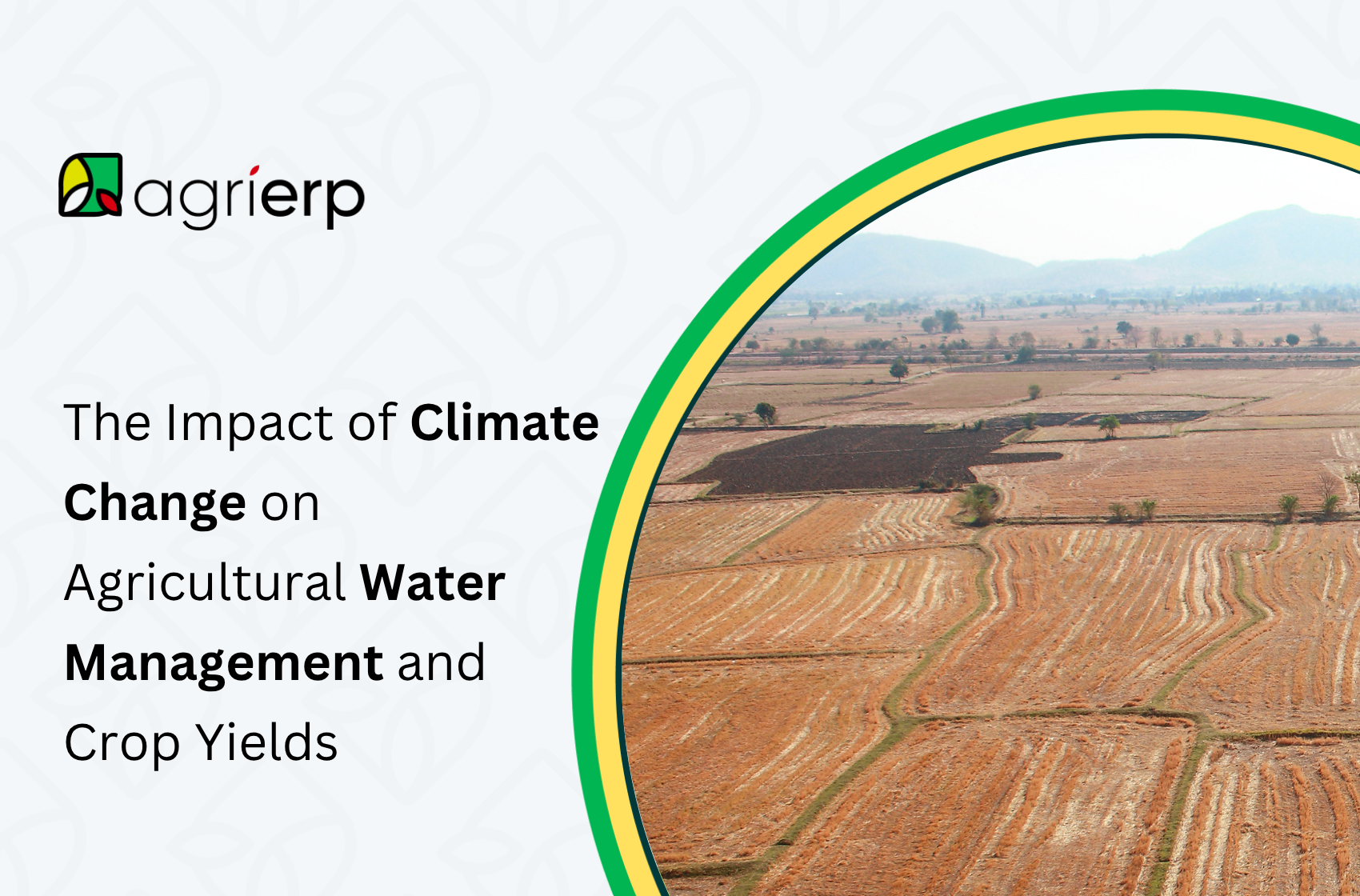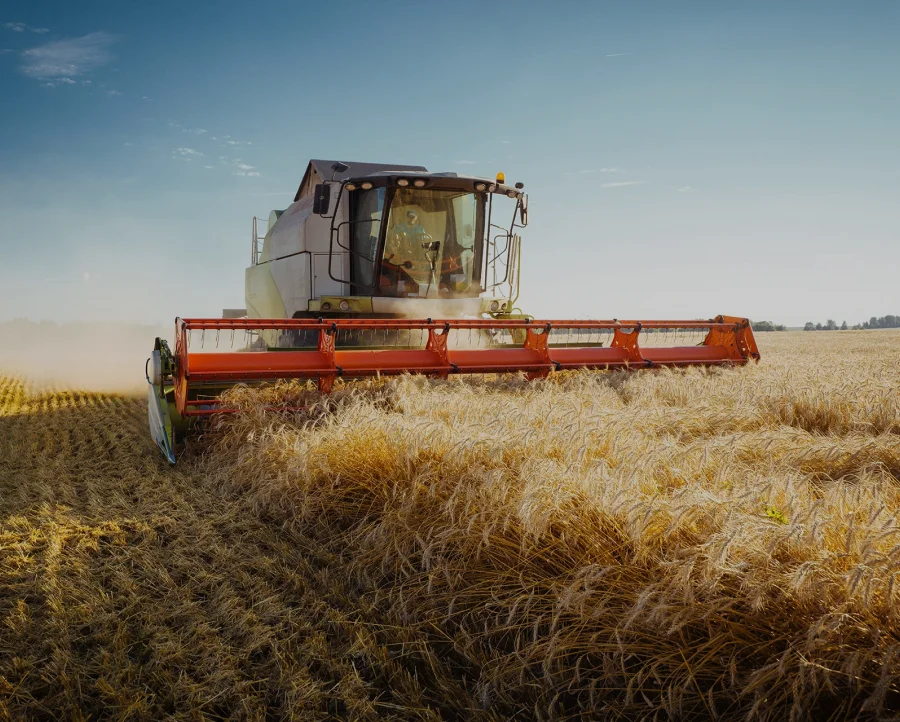According to the EPA, since early 2020, the U.S. Southwest has experienced the most severe long-term droughts of the past 1,200 years. And the forces behind this are multiple seasons of record-low precipitation and high temperatures.
But alas! This is just one incident of how climate change is impacting agriculture. Climate change is changing the way we farm, and we are now clear that traditional methods are not enough to rely on.
As an agriculturist, you know how important it is to adopt practices that protect our environment and, at the same time, keep our farms productive. But this is not as simple as it sounds; changing farming is not just about what happens on the field, but it also depends on the policies that the government makes and how the private sector collaborates with the public to help farmers.
Together, let us go through how good policies and strong public-private partnerships can boost climate-smart agriculture, and also grasp some insights from experts who are at the forefront.
Why Does Climate-Smart Agriculture Need Policy Support?
Let’s first understand this: Climate-smart agriculture (CSA) refers to farming in ways that address climate challenges. For example, by reducing greenhouse gas emissions, improving soil health, and using water in a responsible way. It’s about being smart and sustainable, both.
But CSA practices cannot happen alone. Policies from governments help in their quick and wide adoption. Governments need to design smart policies that promote sustainable farming, encourage innovation, and protect farmers because they are the ones taking risks when adopting new methods.
Climate-smart farming has often been held back by poor policies or unclear guidelines. Without proper support, farmers often stick to familiar methods, even if those methods mean harm to the environment. For example, overuse of inorganic fertilizers results in soil degradation and water pollution, which contributes to climate change.
As Dr. Sameul has also pointed out in his interview that, “Over application also leads to climate change because when you apply too much fertilizer, you know that releases more CO2.”
So, when you think about policy, it is not just rules; it is about shaping the future of agriculture. Smart policies that promote soil conservation, regulate water use, and at the same time offer incentives for sustainable practices make it easier for farmers to adopt climate-smart approaches.
The Role of Public-Private Partnerships in Agriculture
Climate change is a huge challenge that cannot be handled by a single group. This is where the public-private partnerships (PPPs) play an important role. These partnerships bring together governments, private companies, research institutions, and farmers and make them work towards shared goals.
Public-private partnerships can help you benefit from resources and expertise that neither side can access or achieve alone. For example, governments provide the policy framework and fund research and infrastructure projects, and private companies usually provide technology, access to the market, and investments.
One of the most powerful benefits of PPPs is how they promote agricultural innovation.
Agricultural expert Sameul also spoke and emphasized: “That’s important in the future that the government should make sure that the policies are relevant to sustainability, environmental friendliness, carbon credits.”
That includes precision agriculture technologies that monitor soil health, climate-smart irrigation, and data that can support informed decision-making.
Many successful PPP projects focus on developing climate-smart irrigation practices, which are important for areas facing water scarcity.
How Sustainable Farming Policies Make a Difference?
Sustainable farming policies are not just about protecting the environment; in fact, they also help farmers remain profitable in the long run. This is because policies support regenerative agriculture and improve soil health, water retention, and crop yields.
As Dr Sha says, “ And I think the government should have policies that support climate-smart agriculture. You know, regenerative agriculture, any kind of sustainability to help the community, because when the environment is sustainable to leave, that’s when you can do any farming.”
Dr Sha also highlighted that regenerative farming methods like no-till, cover cropping, and diverse rotations increase long-term productivity and farm profitability. But without policies backing these practices, many farmers hesitate to switch. They face high upfront costs and risks without any guaranteed support.
This is why agricultural policy reform matters. These reforms can include subsidies for adopting climate-smart practices, training programs, and setting environmental standards that gradually phase out harmful methods. It is about creating a system where the gap between sustainability and business success is bridged.
Due to these reforms, farmers can also adopt tech solutions like AgriERP, which can help farmers track their practices, manage resources, and stay compliant with policy requirements, and also improve productivity.
The Government’s Role in Supporting Climate-Smart Farming
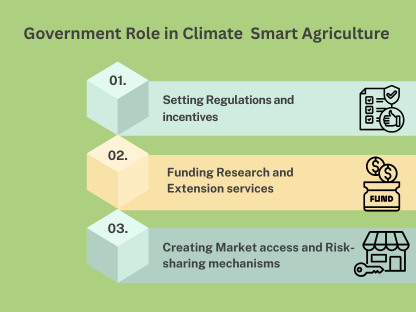 Government involvement is the first step towards building a solid base for climate-smart agriculture. This includes:
Government involvement is the first step towards building a solid base for climate-smart agriculture. This includes:
- Setting regulations and incentives:
Governments can advocate sustainable farming by providing tax benefits, grants, and penalties for using harmful practices.
- Funding research and extension services:
It can invest in research to understand soil health, climate effects, and best practices to help farmers adapt.
- Creating market access and risk-sharing mechanisms:
Policies that improve market transparency and provide crop insurance minimize risks for farmers who are adopting new methods.
Many governments all over the world are already moving toward climate-smart policies; however, much more coordination and implementation support is needed for success. Public sector agencies also play their part in connecting farmers with private sector innovations, thus creating a support system.
How Private Sector Investment Speeds Up Change
The private sector, which includes agribusiness, tech startups, and investors, combines capital and innovation. This is what is needed to make climate-smart agriculture practical for all.
Private companies invest in modern tools like precision sensors, soil health analytics, and techniques such as climate risk modeling. These technologies help farmers make intelligent decisions and make efficient use of resources.
In the interview, the expert mentioned that “This is where public-private partnership matters a lot, from the government standpoint to the farmer standpoint.”
By partnering with the public sector, private companies can scale their solutions, and farmers get the help they need to adopt them. This is a solid collaboration that makes investments less risky but impactful.
Agricultural Innovation Through Partnerships: Examples
Here are some examples of how successful public-private partnerships can help us move towards sustainable farming:
- Developing drought-resistant crop varieties with the help of government-funded research with private seed companies.
- Climate-smart irrigation projects where the public sector provides infrastructure and private firms manage technology.
- Building digital platforms that combine government data with private data to provide farmers with real-time advice on planting, fertilization, pest management, etc.
These innovations help us improve sustainability and boost our bottom lines.
Challenges in Policy and Partnership Implementation
Although the benefits are immense, the challenges in making policies and partnerships cannot be overlooked. Here are a few:
- Policy gaps and inconsistencies:
Lack of clear policies or their enforcement that support climate-smart agriculture.
- Limited awareness amongst farmers and training:
Many farmers do not have access to information or resources to implement new practices.
- Funding and resource constraints:
Both public and private sectors face budget limits and varying priorities.
- Coordination difficulties:
Aligning goals and actions between the public and private sectors is often complex.
How can AgriERP help?
You might be wondering how, with all these complex factors, you can practically manage farming operations. But this is where a software dedicated solely to agriculture comes into play.
AgriERP is a powerful, scalable, and affordable solution that supports climate-smart agriculture practices. It can help you track everything from soil health to irrigation schedules, manage inputs, and generate reports that you need for policy compliance.
By using it, you get a firm hold on the sustainability goals and improve productivity. Its integration capabilities also make it easier to connect with other tools and data sources coming out of public-private partnership projects.
What is in it for you?
If you are linked to agriculture in any way, then this is a time to pay attention. Climate-smart agriculture supported by strong policies and partnerships is not just an idea to be implemented in the future; rather, you must begin with it today!
By understanding how government policies are shaping the future of farming and how public-private partnerships help in innovation, you can reap their benefits for your business.
And by exploring tools like AgriERP, you can manage your farm effectively, minimize your environmental footprint, and shift toward sustainability.
Final Thoughts
Climate-smart agriculture depends on many factors such as good policies, smart investments, and strong partnerships. The future of farming is actually in the hands of the public and private sectors, but when they collaborate. And on top of this, it must be combined with policies that support sustainable change.
For farmers and stakeholders, that means they must avail opportunities to adopt new practices with support and to use technology that makes these changes a breeze for them.
AgriERP is a perfect fit into this evolution, as it is helping farms run greener. By maximizing the right tools alongside policy support and partnerships, agriculture can become productive, sustainable, and future-forward!
